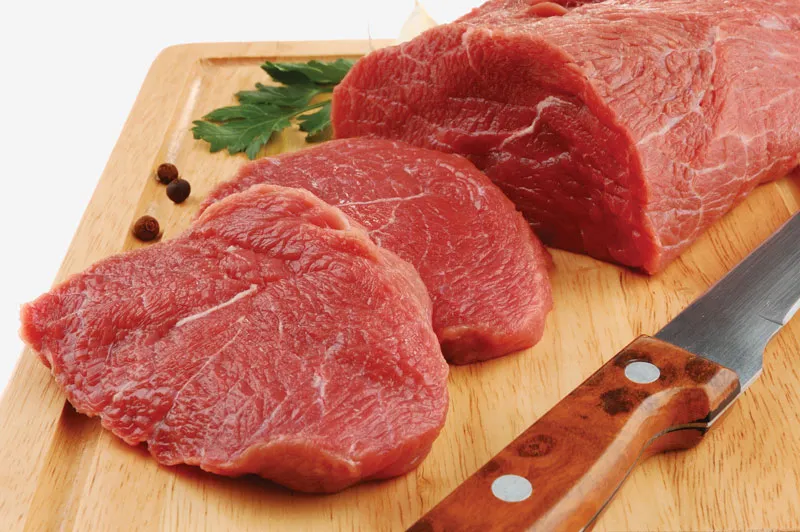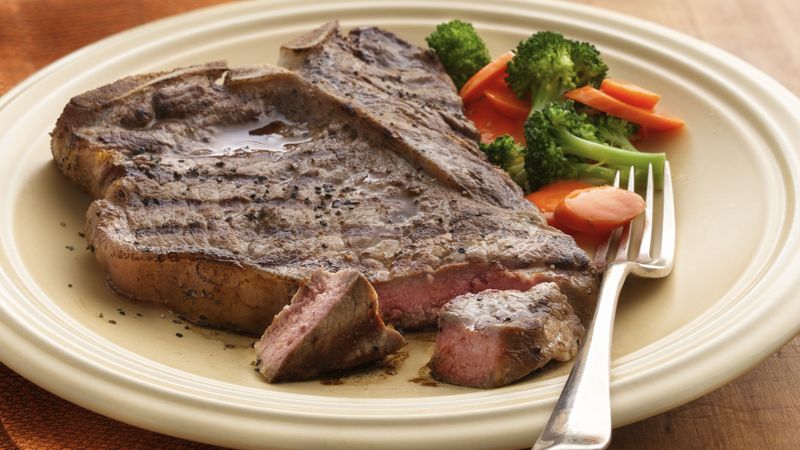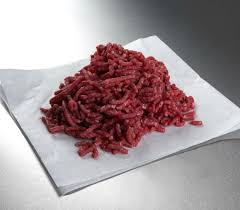Beef: Nutrition, Production, and Its Role in Global Food Culture

Beef has been an essential part of human diets for millennia. From the pastoral herders of ancient Mesopotamia to modern steak houses in urban metropolises, beef represents not only a major source of nutrition but also a cultural symbol. Its significance spans culinary traditions, economic systems, and environmental concerns. In this article, we’ll explore the journey of beef — from pasture to plate — and unpack the complexities behind its production, consumption, and future.
What is Beef?
Beef refers to the meat harvested from cattle, particularly mature cows or bulls. The meat can be processed into a variety of cuts and products, such as steaks, roasts, ground beef, and processed items like sausages. Depending on the breed, diet, and aging method, the flavor, texture, and nutritional profile of beef can vary widely.

Nutritional Value of Beef
Beef is a nutrient-dense food, offering a wide range of essential nutrients in a relatively small portion size. It is an excellent source of:
- Protein: Complete protein with all essential amino acids, aiding muscle growth and repair.
- Iron: Especially heme iron, which is more readily absorbed than non-heme iron found in plants.
- Vitamin B12: Critical for nerve function and red blood cell formation.
- Zinc: Important for immune function and wound healing.
- Creatine and carnosine: Compounds beneficial for muscle performance and brain function.
However, excessive consumption of red meat, particularly processed beef, has been linked with certain health risks, such as heart disease and colorectal cancer. Choosing lean cuts and balancing beef with fiber-rich plant foods is recommended.
Types and Cuts of Beef
There are numerous types of beef based on the part of the animal and its preparation method:
- Chuck: Shoulder area, great for pot roasts and stews.
- Rib: Includes ribeye steaks, prized for their marbling and flavor.
- Loin: Contains tender cuts like T-bone and filet mignon.
- Round: Leaner cuts from the rear leg, often used for roast beef or jerky.
- Brisket and Shank: Tougher cuts suitable for slow-cooking.
Global Beef Production
Beef is produced worldwide, but the top producers include the United States, Brazil, the European Union, and China. Each region has developed its own cattle-raising systems, influenced by geography, tradition, and regulation. There are generally two main systems:
- Grass-fed: Cattle graze on pasture throughout their life. Common in Argentina, Australia, and parts of the U.S.
- Grain-fed: Cattle are finished in feedlots with a diet of grains to increase marbling and growth rate. Common in the U.S.
These production systems impact not only taste and texture but also the environmental footprint of beef. Grass-fed beef is often touted as more sustainable and ethical, though it requires more land and time to reach market weight.
Environmental Impact
The beef industry is one of the most environmentally intensive food sectors. Cattle produce methane — a potent greenhouse gas — through digestion. Beef production also requires significant water, land, and feed resources. Deforestation, especially in the Amazon, has been closely tied to cattle grazing and feed crop expansion.
Efforts are underway to reduce the carbon footprint of beef through techniques such as rotational grazing, methane-reducing feed additives, and regenerative agriculture practices. Consumer demand is also shifting, with more interest in sustainably raised beef or plant-based alternatives.
Beef in Culinary Culture
Beef plays a starring role in many of the world’s most iconic dishes:
- Argentina: Famous for asado (barbecue) and grass-fed steaks.
- Japan: Wagyu and Kobe beef known for intense marbling and umami flavor.
- United States: Home of the classic hamburger and juicy ribeyes.
- France: Dishes like boeuf bourguignon show the depth of French culinary tradition.
- India: While beef consumption is limited for religious reasons, it’s still eaten in some states and communities.
Beef is also central to holiday meals, street food, and restaurant menus, adapting to local spices, cooking methods, and customs. It remains a symbol of status and celebration in many societies.

Economic and Social Importance
Beyond the plate, beef supports millions of livelihoods worldwide — from ranchers and butchers to restaurant workers and exporters. In countries like Brazil and the U.S., the beef industry is a major economic driver. However, it also faces scrutiny over labor conditions, antibiotic use, and animal welfare standards.

Technological innovations, like precision farming and blockchain traceability, are reshaping the beef supply chain, allowing for better monitoring of quality, safety, and environmental impact. At the same time, debates over ethics, health, and sustainability have opened space for dialogue and reform.
The Future of Beef
As the global population approaches 10 billion, the demand for protein is increasing. The beef industry is at a crossroads, balancing traditional practices with modern innovations:
- Lab-grown meat: Cultivated from animal cells, offering a slaughter-free option with potentially lower emissions.
- Meat alternatives: Plant-based products that mimic beef in taste and texture, gaining popularity with flexitarians.
- Sustainable certifications: Helping consumers make informed choices about sourcing and production practices.
Whether consumers choose grass-fed, organic, or plant-based options, the key lies in education and transparency. Responsible consumption, along with technological advancement, may allow beef to continue playing a vital — yet balanced — role in our diets.
Conclusion
Beef is more than just a source of protein — it’s an integral part of human history, culture, and economy. As we look toward the future, the challenge is to enjoy beef in a way that honors health, the planet, and ethical values. Through smarter production methods, conscious consumer choices, and innovation, beef can evolve from a controversial food to a more sustainable one — without losing its cultural richness or culinary appeal.
